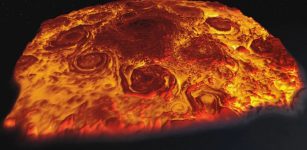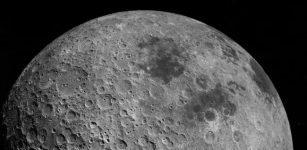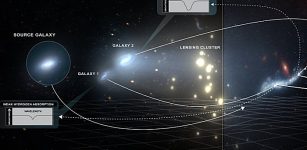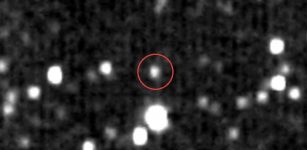3-D Solar Eruption Recreated By Three NASA Satellites
MessageToEagle.com – Three NASA satellites helped researchers to produce new models to see how shocks associated with coronal mass ejections, or CMEs, propagate from the Sun.
Much the way ships form bow waves as they move through water, CMEs set off interplanetary shocks when they erupt from the Sun at extreme speeds, propelling a wave of high-energy particles.
These particles can spark space weather events around Earth, endangering spacecraft and astronauts.
Understanding a shock’s structure — particularly how it develops and accelerates — is key to predicting how it might disrupt near-Earth space. But without a vast array of sensors scattered through space, these things are impossible to measure directly.
Instead, scientists rely upon models that use satellite observations of the CME to simulate the ensuing shock’s behavior.
Researchers observed two different eruptions from spacecraft: ESA/NASA’s Solar and Heliospheric Observatory (SOHO), and NASA’s twin Solar Terrestrial Relations Observatory (STEREO), satellites.
One CME erupted in March 2011 and the second, in February 2014.
The scientists fit the CME data to their models — one called the “croissant” model for the shape of nascent shocks, and the other the “ellipsoid” model for the shape of expanding shocks — to uncover the 3-D structure and trajectory of each CME and shock.
Each spacecraft’s observations alone weren’t sufficient to model the shocks but with the help of three sets of eyes on the eruption, each of them spaced nearly evenly around the Sun, the scientists could use their models to recreate a 3-D view.
Original story – here.
MessageToEagle.com











